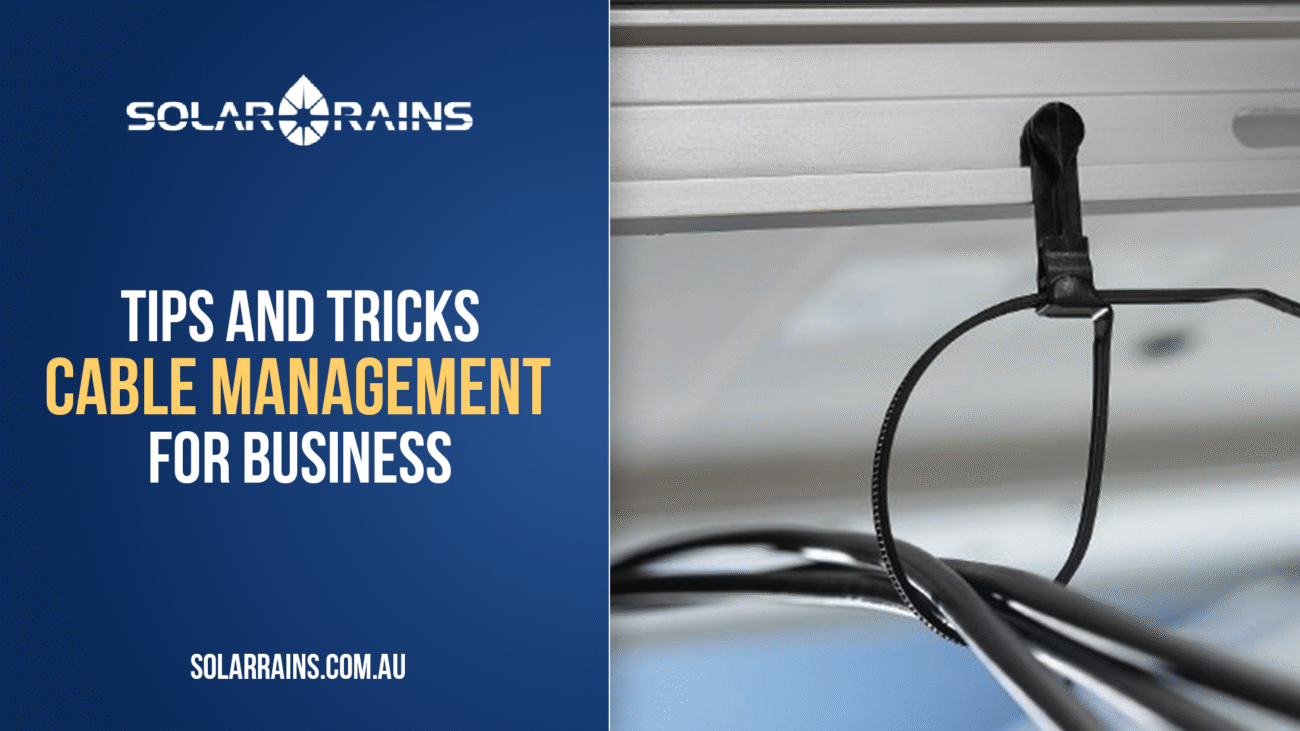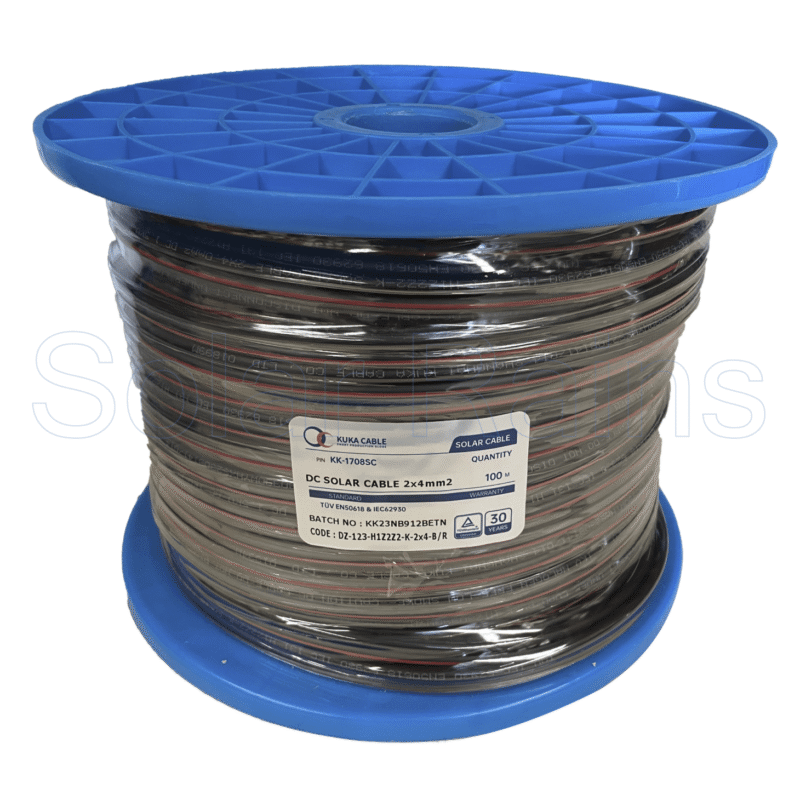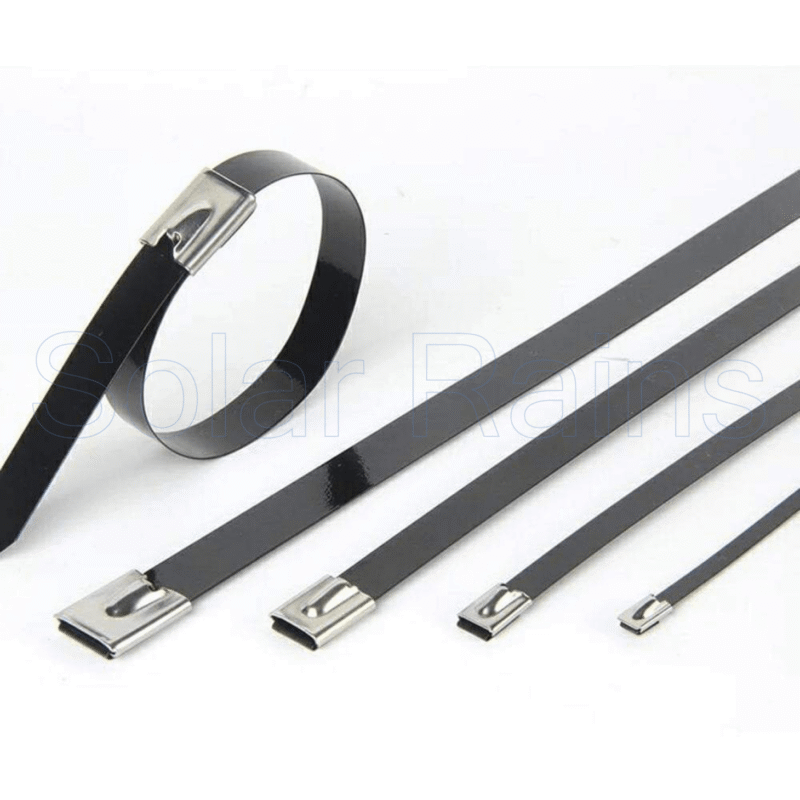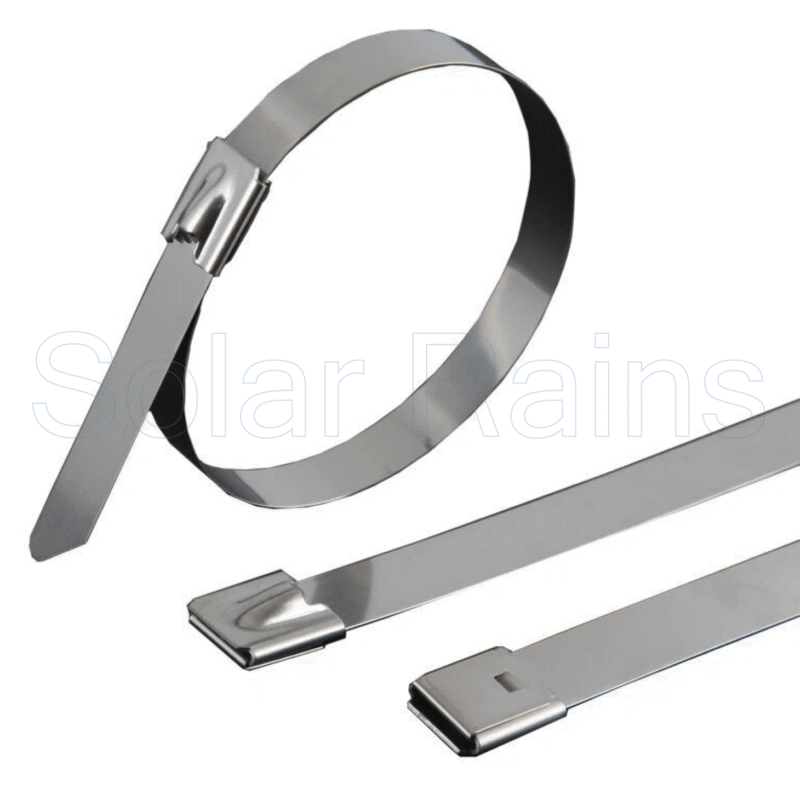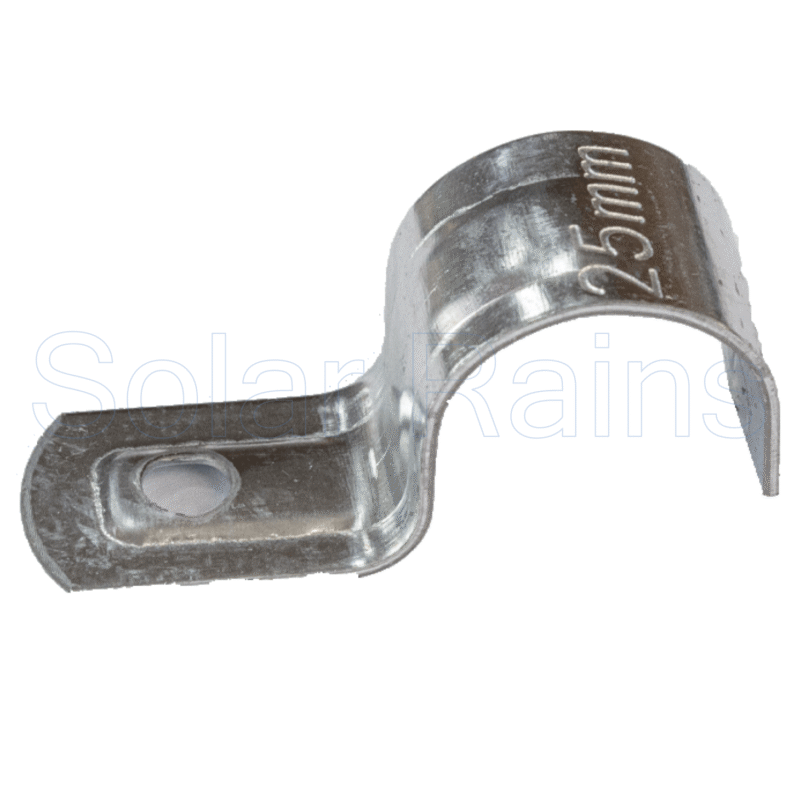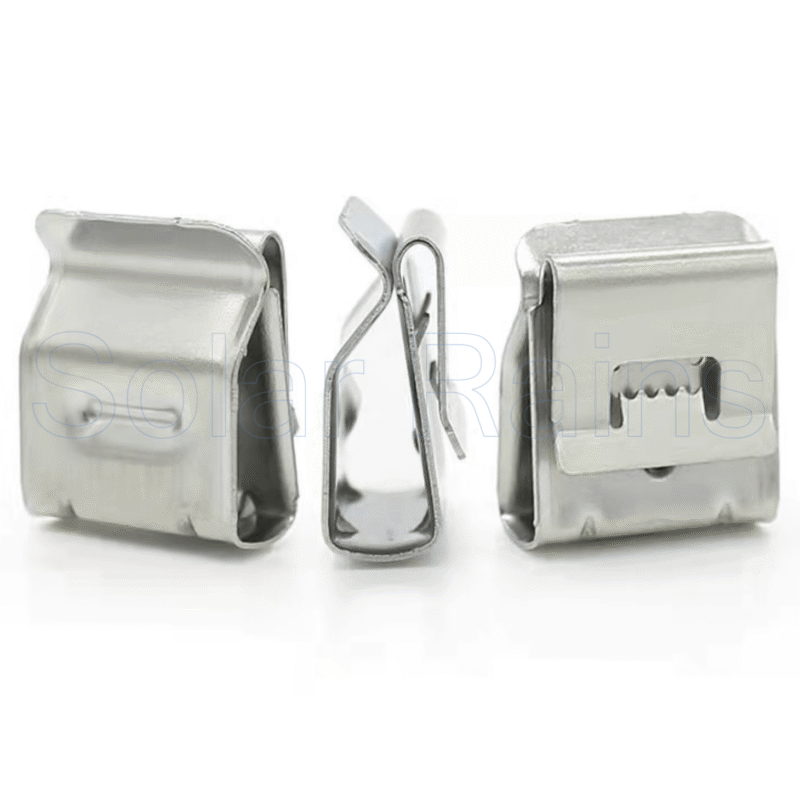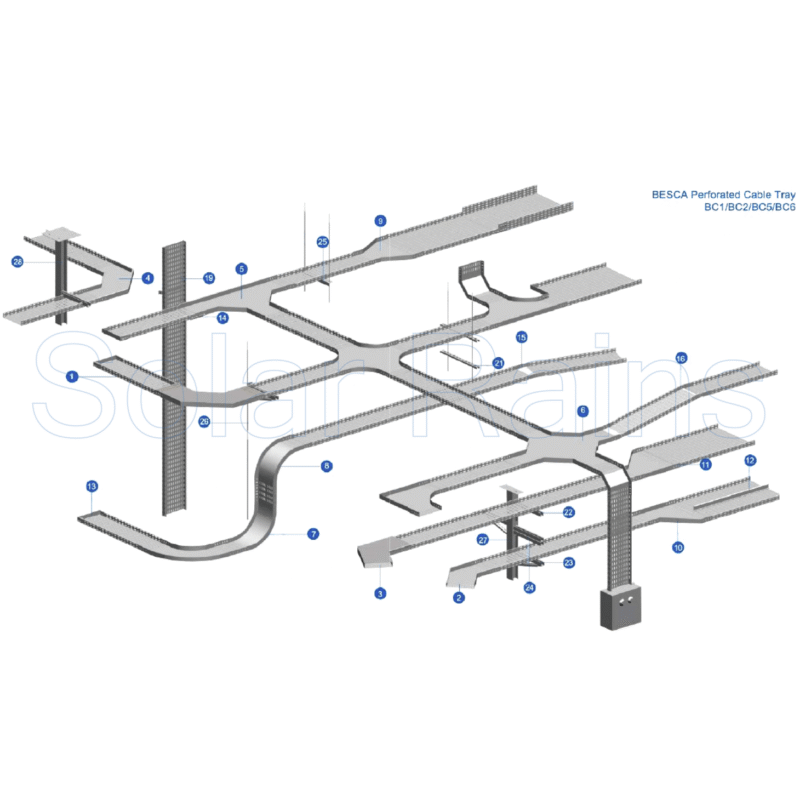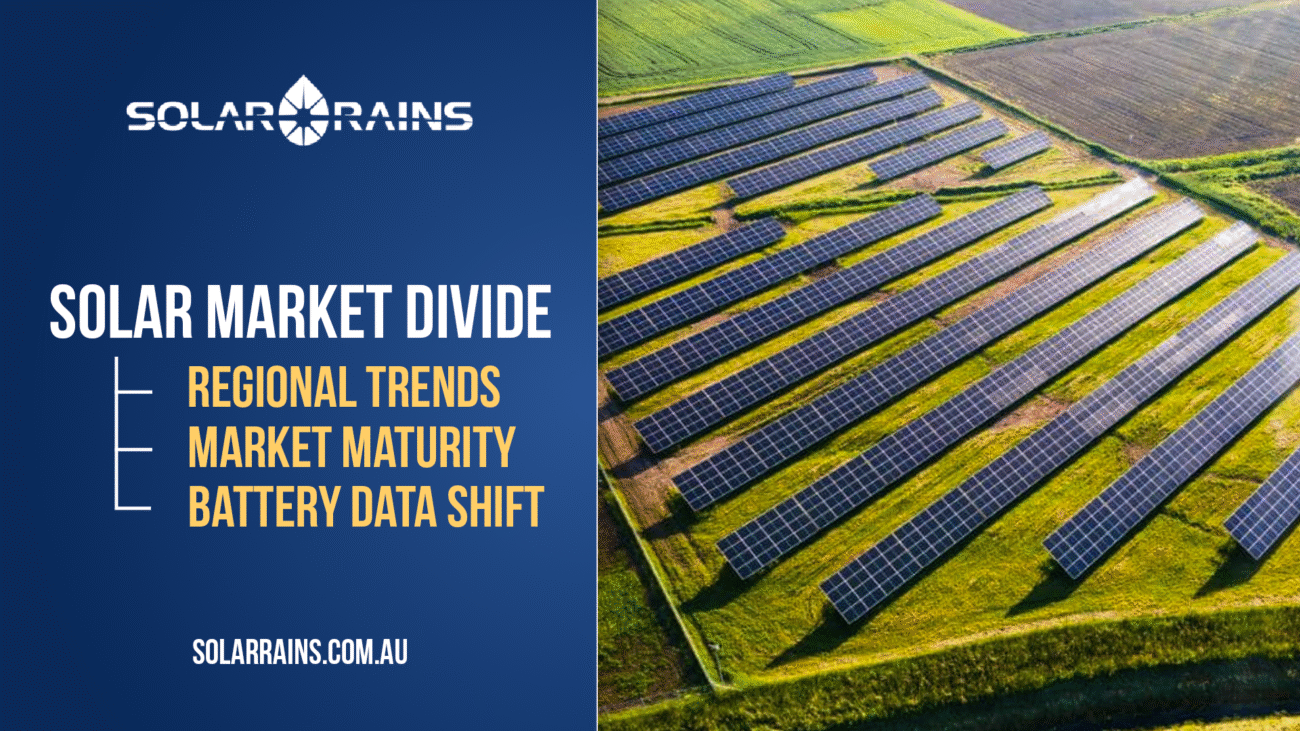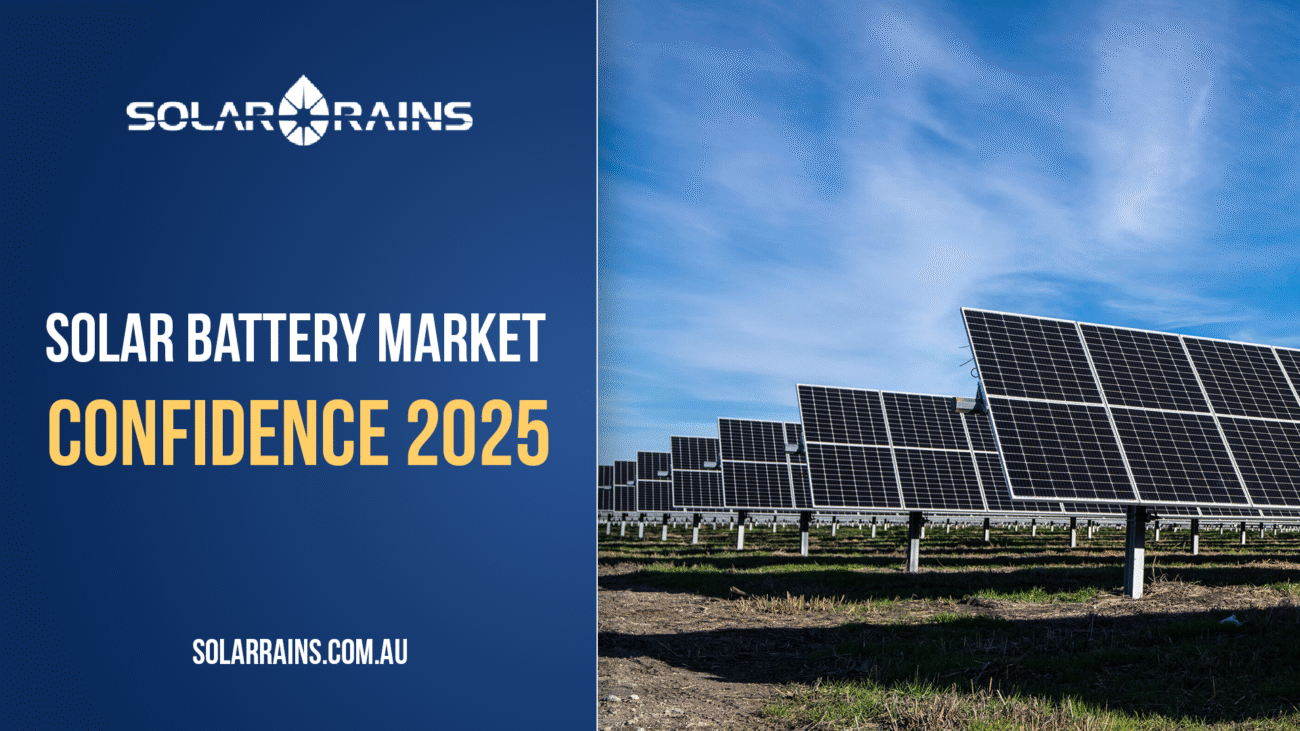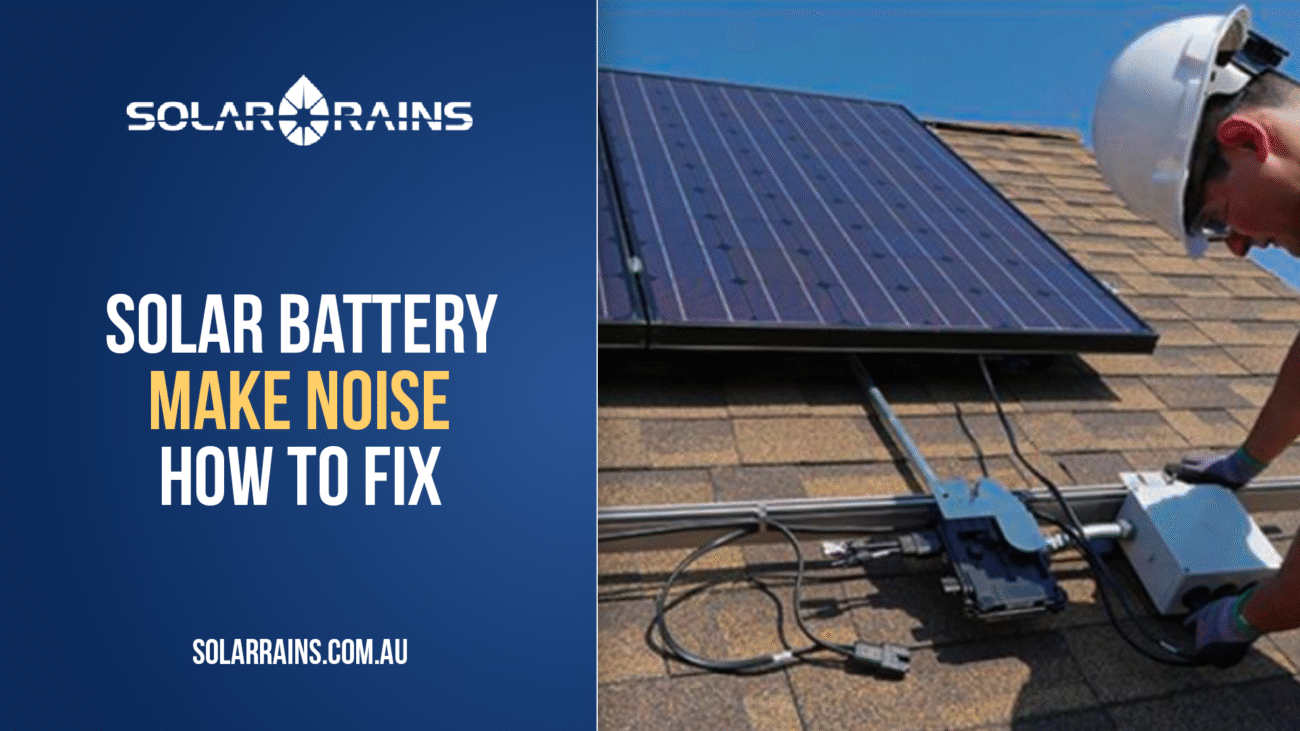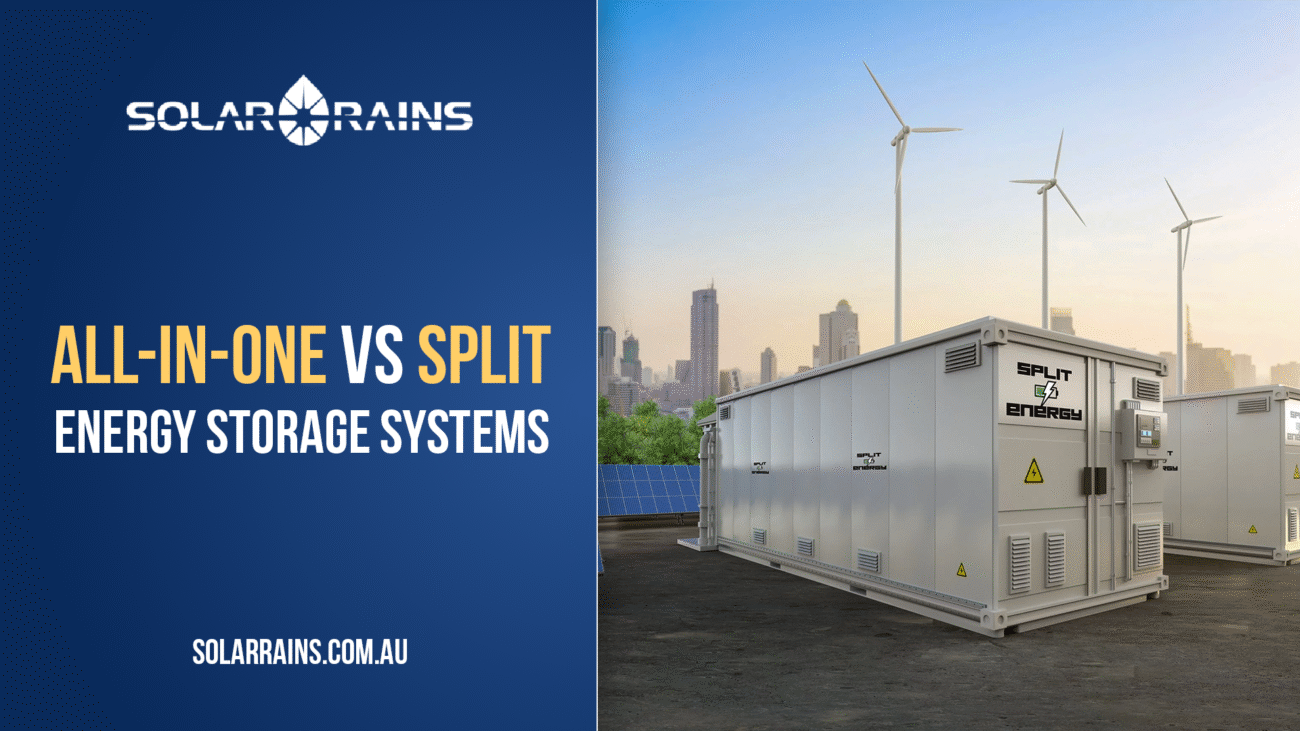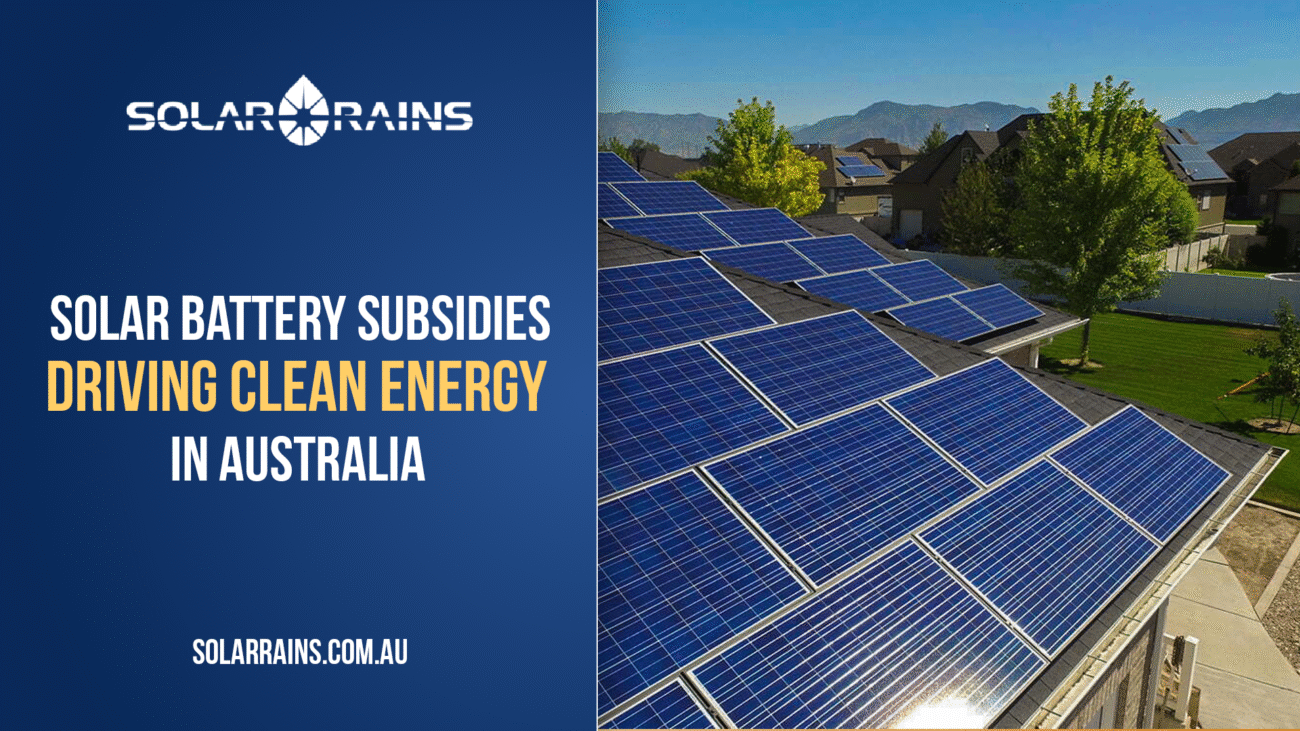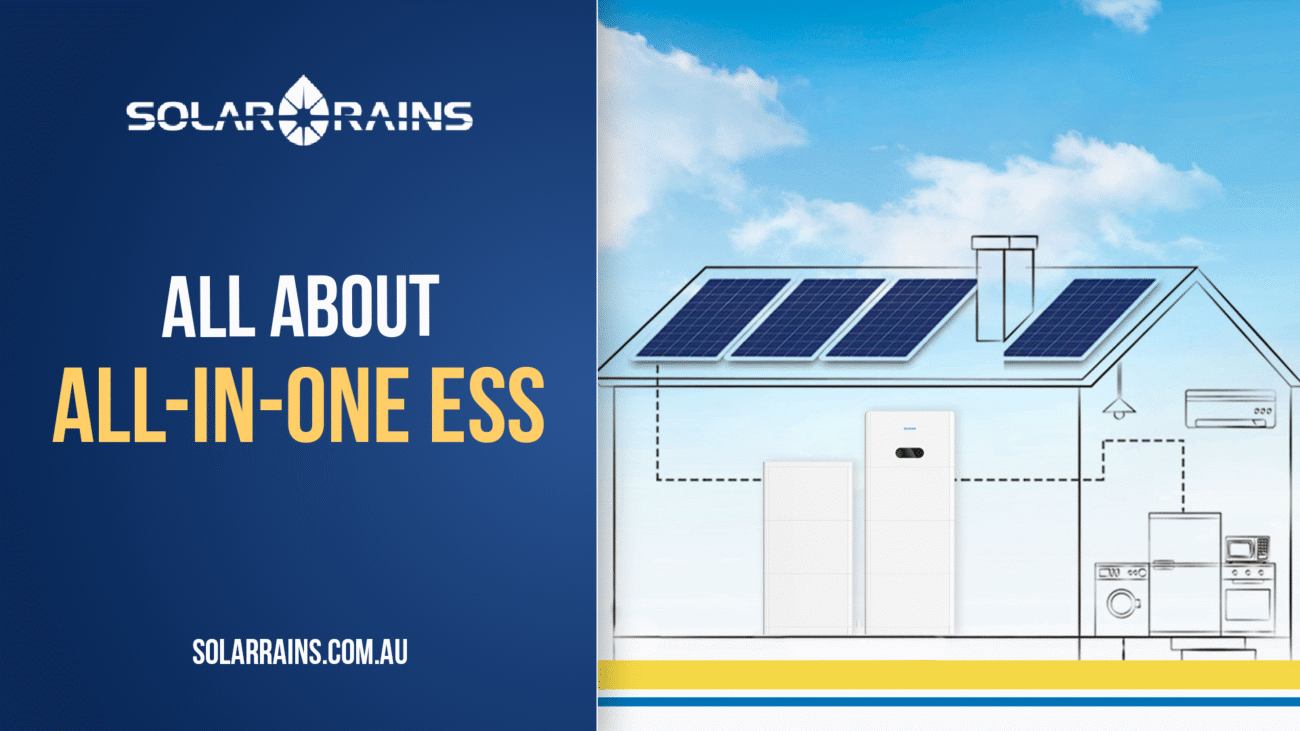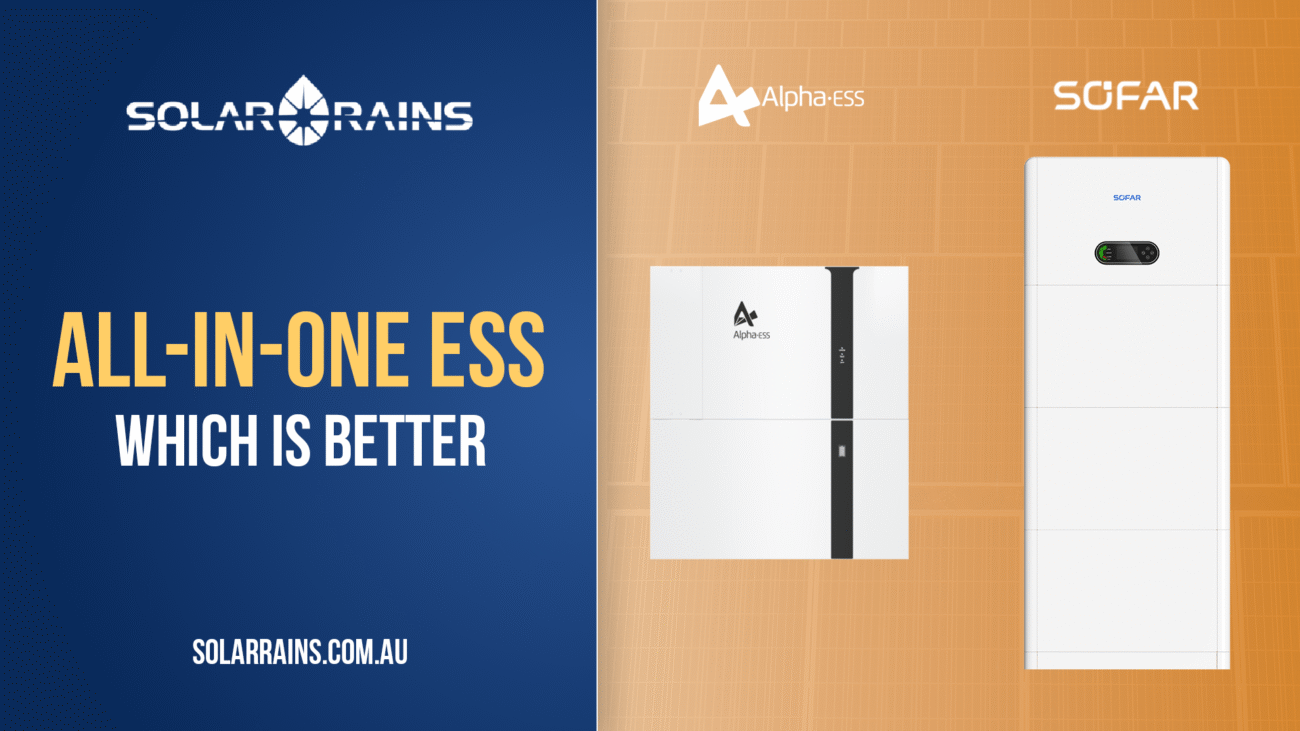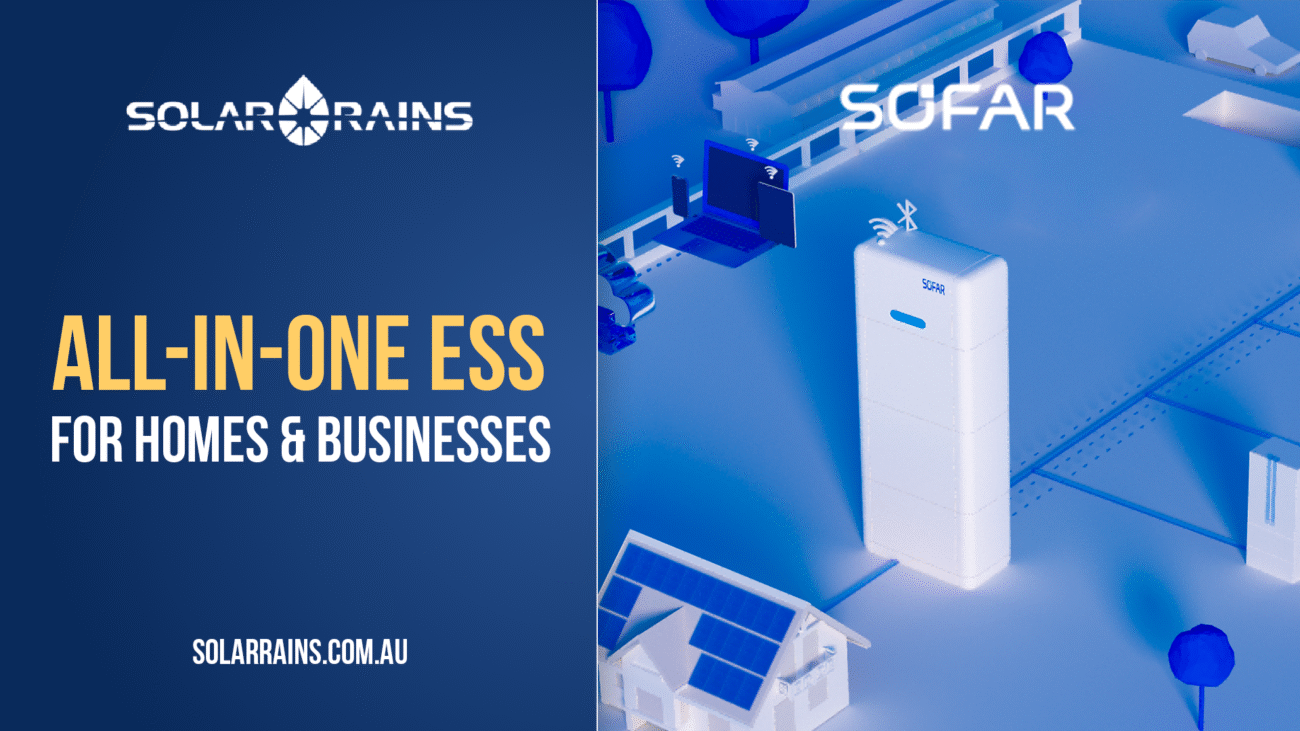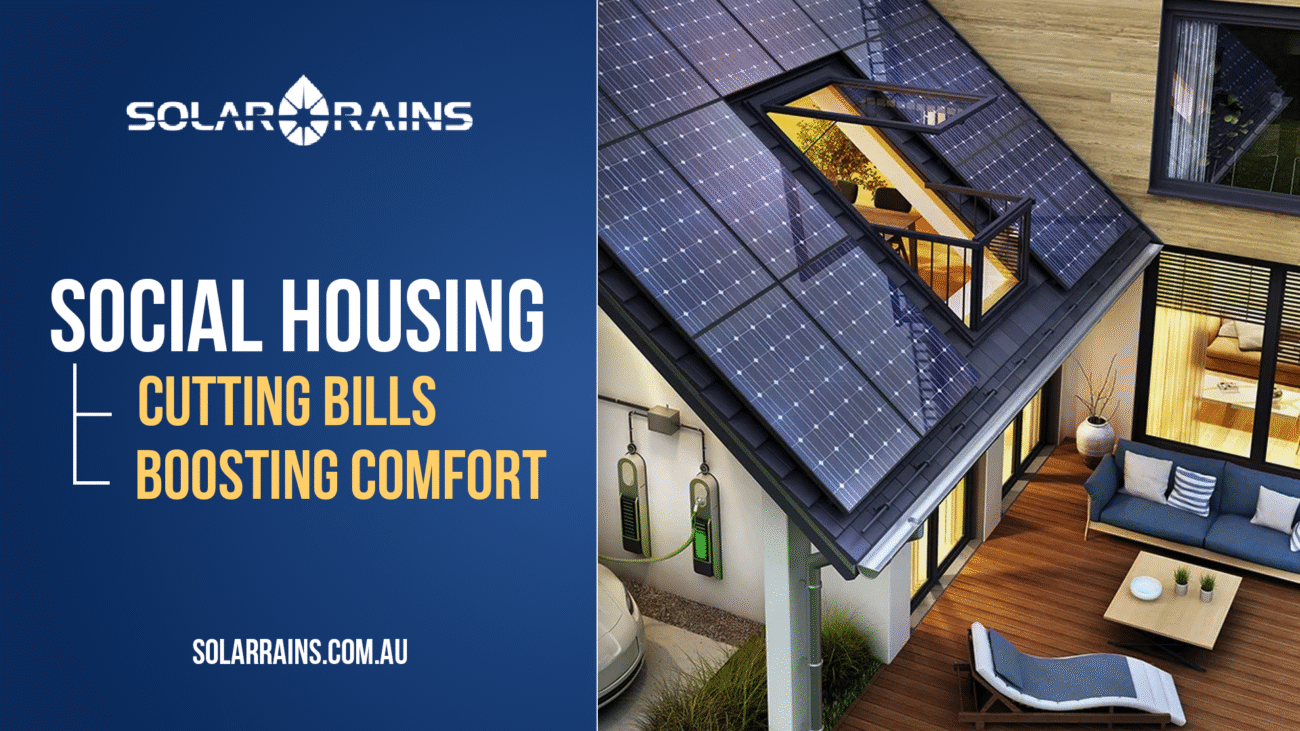In commercial and residential solar power systems, cable management plays a vital but often underestimated role. Whether you’re a seasoned installer or a facility manager upgrading infrastructure, proper cable routing, securing, and protection not only ensures system efficiency, it protects your investment long-term.
In this blog, Solar Rains outlines essential cable management strategies, explains why it matters, and introduces reliable products tailored for solar installations.
What is Cable Management in Solar Systems?
Cable management refers to the planning, installation, organization, and securing of electrical cables in a solar energy system. It includes everything from cable layout design, the selection of cable ties and clips, to protective conduit, trays, and labeling.
In solar PV systems, cable management covers both DC cables from the panels to the inverter, and AC cables for grid or load connections.
Effective cable management ensures:
- Long-term cable durability
- Electrical safety (prevents shorts or fires)
- Better airflow around inverters
- Reduced maintenance costs
Without it, cables may get damaged by UV rays, water ingress, rodents, or mechanical strain causing inefficiencies or system failures.
Why Cable Management Matters
Safety & Compliance
Poorly secured or bundled cables can overheat or get damaged, leading to electrical fires. Clean cable routes also help your system meet AS/NZS 5033 solar safety standards.
System Performance
Messy cables near inverters or batteries can interfere with cooling, reducing lifespan and performance. Proper cable spacing improves heat dissipation and efficiency.
Aesthetic & Professionalism
Especially for customer-facing solar arrays (like on retail roofs or campuses), neat cable runs reflect installation quality and brand reputation.
Maintenance & Troubleshooting
Labelled, organized cables allow for faster fault detection and easier component upgrades.
Cable Management Tips & Tricks for Businesses
Solar installations for small and medium enterprises (SMEs) face unique challenges—rooftop clutter, metal sheds, tight timelines. Here’s how to improve cable layout and lifespan.
Tip 1: Use UV-Resistant Nylon Cable Ties
UV-rated nylon cable ties are essential for solar arrays exposed to the sun. Regular zip ties degrade quickly, but UV-stabilised nylon offers durability and flexibility.
Tip 2: Choose Stainless Steel Clips in Harsh Environments
For coastal or industrial zones, Inox (304/316) stainless steel clips resist corrosion and can handle high tension or mechanical stress. Use where nylon may deform over time.
Tip 3: Invest in Quality DC Cables
Choose double-insulated solar DC cables with XLPE or EPR sheathing. They must withstand 90–120°C heat and be resistant to UV, moisture, and abrasion.
Tip 4: Run Cables in Conduits Where Needed
Use UV-rated conduits for rooftop exposure or ground runs. It prevents rodent bites, UV cracking, and physical damage.
Tip 5: Maintain Minimum Bending Radius
Tight bends in DC cable reduce conductivity and lead to early insulation breakdown. Always follow the manufacturer’s guidelines for bending radius.
Tip 6: Use Cable Trays for Commercial Rooftop Arrays
For large rooftops, steel or aluminium cable trays allow structured and scalable cable routing. These are ideal for commercial-scale systems.
Tip 7: Label All Connections Clearly
Labeling helps during maintenance or upgrades. Include polarity (+/−), circuit ID, and inverter channel ideally using UV-stable tags.
Tip 8: Keep Cables Elevated Off Hot Roofs
Avoid letting DC cable sit directly on metal rooftops. Use plastic saddles or clips to elevate and protect from heat conduction.
Tip 9: Schedule Routine Inspection
Include cable inspection every 6–12 months in your O&M contract. Look for signs of wear: cracks, melted ties, loose connectors.
Common Mistakes to Avoid
Using Non-Solar Rated Cables
Electrical building cables don’t handle UV or high heat well. Always use cables specifically designed for solar applications.
Skipping Cable Separation
Running AC and DC cables in the same tray or bundle can cause interference. Always follow separation protocols for safety and signal clarity.
Over-Tensioning Cable Ties
Ties that are too tight damage insulation. Use a tensioning tool and avoid hard bends.
Cable Management Products from Solar Rains
At Solar Rains, we stock a comprehensive range of solar cable management products suited for residential and commercial needs:
Nylon Cable Ties
- UV-resistant, weatherproof
- Flexible and installer-friendly
- Available in 300mm length
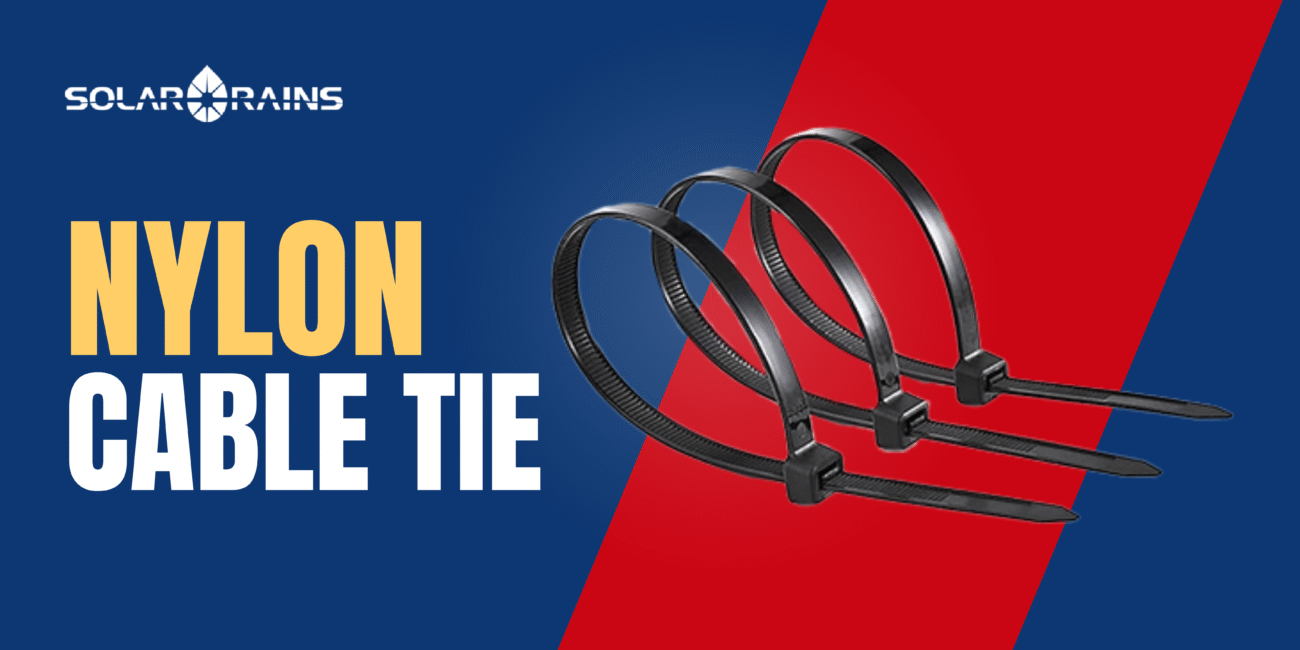
DC Solar Cable (1500V, 4mm & 6mm)
- Double insulated
- TUV certified
- Flame retardant and rodent-resistant
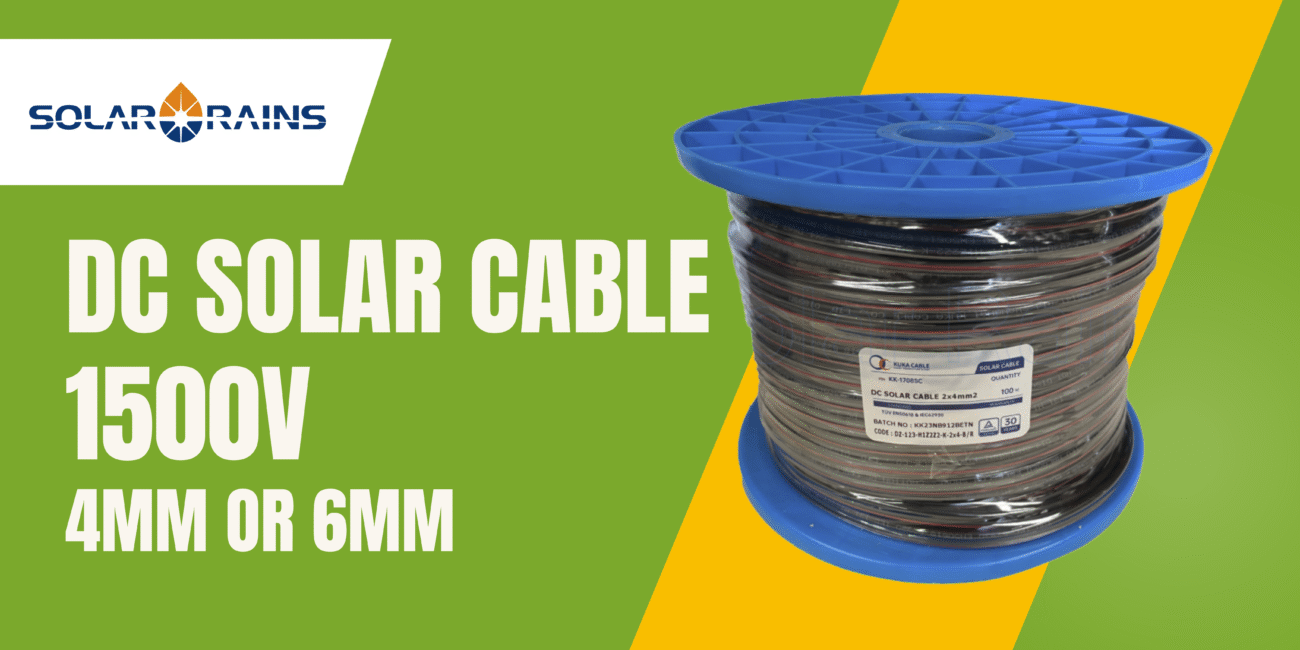
Check out our full cable range at solarrains.com.au.
FAQs: Cable Management
UV-resistant nylon cable ties are best for general use. For high-temperature or corrosive environments, choose stainless steel clips.
Yes, especially in commercial installs. Conduit protects against UV rays and mechanical wear, improving lifespan.
Not recommended. AC and DC should be run separately to prevent interference and meet AS/NZS 5033 standards.
Every 6 to 12 months. After extreme weather or mechanical work, always check for loosened ties or damaged insulation.
Use a mix of tray systems, labelled clips, and DC cable routes grouped by string. Map the layout in a maintenance diagram.
Yes. Our DC cables and nylon ties are tested against IEC and TUV standards, and suitable for both residential and commercial setups.
Standard ones may, but Solar Rains offers UV-stabilised nylon cable ties designed for long-term rooftop exposure.
Conclusion & Takeaways
Cable management may seem minor in the grand design of a solar PV system—but it’s the hidden backbone of safety, efficiency, and durability.
Whether you’re securing 10 panels or managing a rooftop of 500kW, using the right ties, clips, conduits, and cables ensures your investment performs at its best for 25+ years.
Looking for trusted cable management products in Australia? Solar Rains supplies high-quality components, expert support, and wholesale pricing for installers and businesses nationwide.

